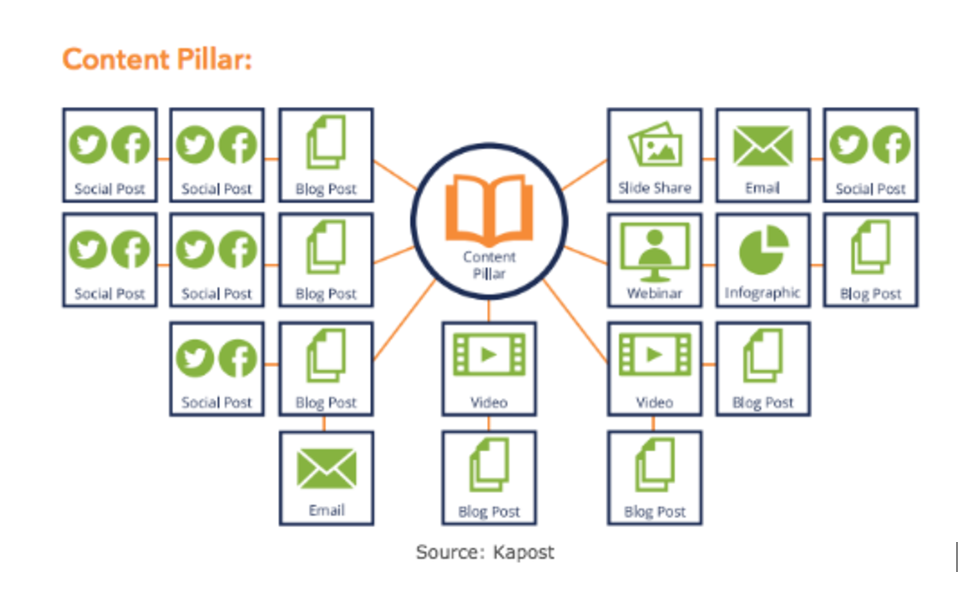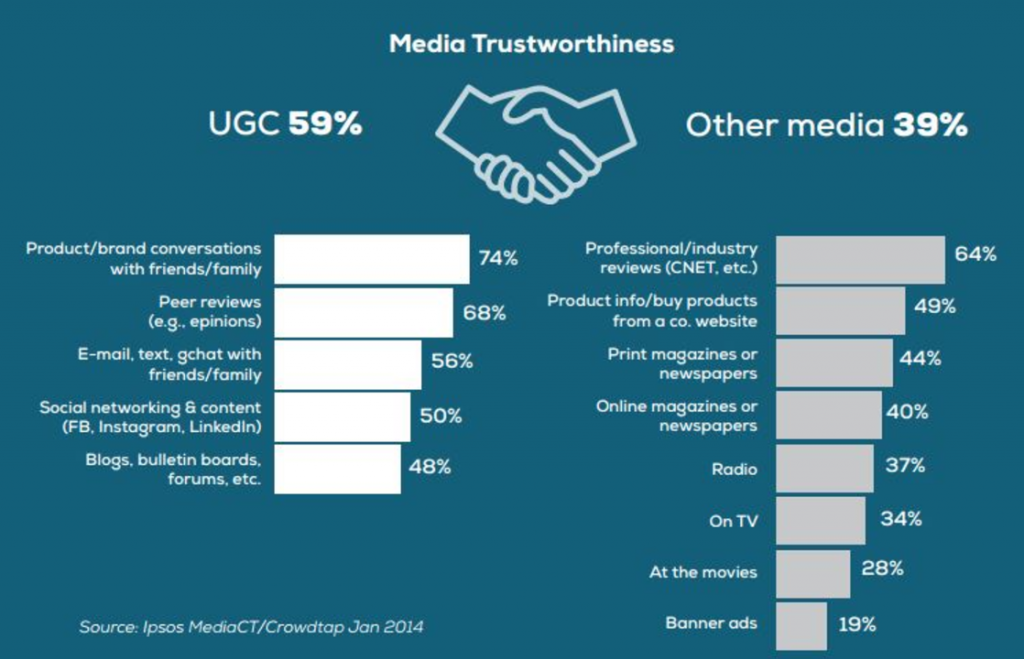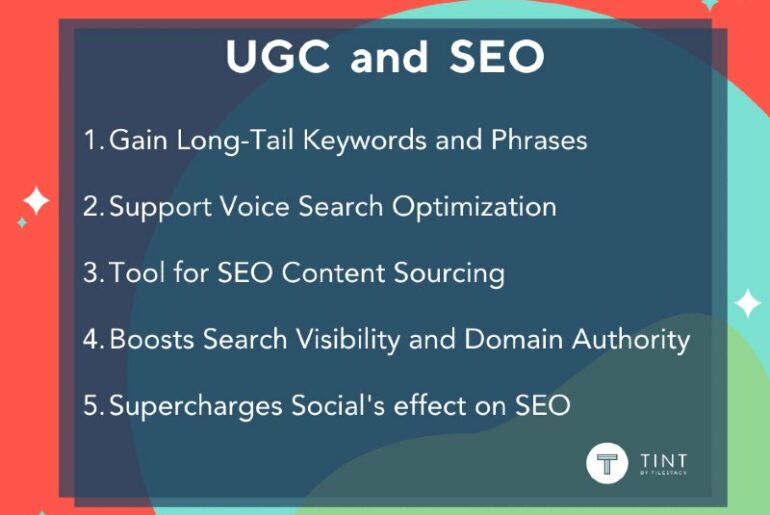As storytellers, we always feel a great deal of pressure to captivate our audience in a unique and memorable way. We want to dazzle. We want to stand out. What makes this pressure even greater is that in today’s world, there are already so many stories out there. It’s tough to find our footing – to find our unique angle. In search of our voice, it’s easy to overthink our process, over-complicate our words, and miss opportunities to connect with our audience. As marketers, writers, and creators, we bring “analysis paralysis” to a whole other level.
Despite the ever changing landscape content creators are facing today, there are things you can do to keep up with the changing times and develop a content strategy that fuels engaging, captivating and action-oriented content.

1. Understand your audience & community at large.
According to an IBM study, 80% of consumers believe brands don’t understand them. There is a clear gap between what consumers – and readers – want and what brands give them.
Content creators must have a deep understanding of their audience, not only to ensure content is relevant, but to also speed up the production process. Once you’ve tapped into what makes them tick, it’ll be easier for you to identify opportunities to engage them with your content.
Use Survey Monkey or other alternatives to put together a survey of questions, interview them regularly, or engage them on social media. Explore community forums like Quora or Twitter chats to find out what kinds of questions your audience is asking.
Whatever it takes, find time to connect with users and other community members that would be perfect prospects for your business. All of this should inform how you put together an identity for your ideal reader, increasing your ability to create new, relevant content quickly. It will also help boost engagement as those readers move through the marketing funnel.

2. Repurpose what’s already working.
One of the biggest mistakes content marketers make is forgetting all the work they’ve already done! It’s easy to keep chugging along and neglect the content that can be turned into something new. But it’s time to get creative and identify opportunities where you can re-purpose content into different formats such as video, infographics, social media campaigns, SlideShare presentations, etc.
Leverage tools like Canva to bring a visual element to your story. Or put music to your SlideShare presentation and turn it into a video. By creating different content pieces, you’re opening to a more diverse set of people. Not everyone likes to consume content in the same way, so you need to test different ways you can create the content so it drives toward your overall goal.

3. Leverage user generated content.
Nowadays, so much of our challenge as marketers is to validate the products and services we are selling with as much credibility as possible. With the evolution of social media and the transition from “buyers beware” to “sellers beware,” marketing has shifted from companies creating their own mascots and brand characters to customers now being their brand characters.
With user-generated content resulting in 29 percent higher web conversions than campaigns or websites without it, it has proven to be a powerful ally for social media marketers. The vast majority of consumers (70 percent) trust online peer reviews and recommendations more than professional content and copy.
As your content develops, take time to look at what customers and other members of your community are saying. What questions do they have? What problems are they experiencing? And how can you take that content and re-purpose it into your own content marketing strategy?
If you have customers who are posting on Instagram with your product, re-publish those as a round up on your blog or display them on your website using a social media display platform. Repurposing what others are already saying not only saves you the time from having to create something on your own, but you’re sharing genuine thoughts and experiences which is what consumers want to hear, anyway. Not to mention it shows your customers how much you appreciate their contribution to your brand.
4. Don’t over-complicate your writing process.
One of the hardest parts about writing is getting out of your own way. A blank canvas can be an intimidating thing to go up against. If you’re constantly delaying your writing process, you won’t be able to get into a groove that can be scaled. Use tools like WriterRoom or Clean Writer Pro to write without distraction.
Everyone has their own creative process, but if you’re struggling to get past the scary stage of taking on a blank canvas, compartmentalizing the stages of writing can help. It requires you to give your writing time to breathe and that can feel like an impossible thing to do, but if you can master a routine, you’ll be pumping out content like nobody’s business.
If you’re writing solo and don’t have editors at your disposal, it can be easy to spend hours, even days, on researching, writing, editing and obsessing over your own work. Get coworkers to write some of the pieces as a subject matter expert. Or interview them, turning it into a Q&A post. And above all, let the content breathe!
After you’ve stepped away and let the content take a break from your thoughts (and vice versa), you’re ready to revisit it with a fine-tooth comb.
When editing, it easy to go after everything at once, but try to go in stages. First look for comprehension – does the overall storyline make sense? Then go through different edits that need to be made: run-on sentences, cliches, redundancies, typos, etc. Use tools like Grammarly or Kibin to help identify these things more quickly.
Check out our Ultimate Guide to Creating Content Quickly for a step-by-step guide on how to start writing better content, faster.





